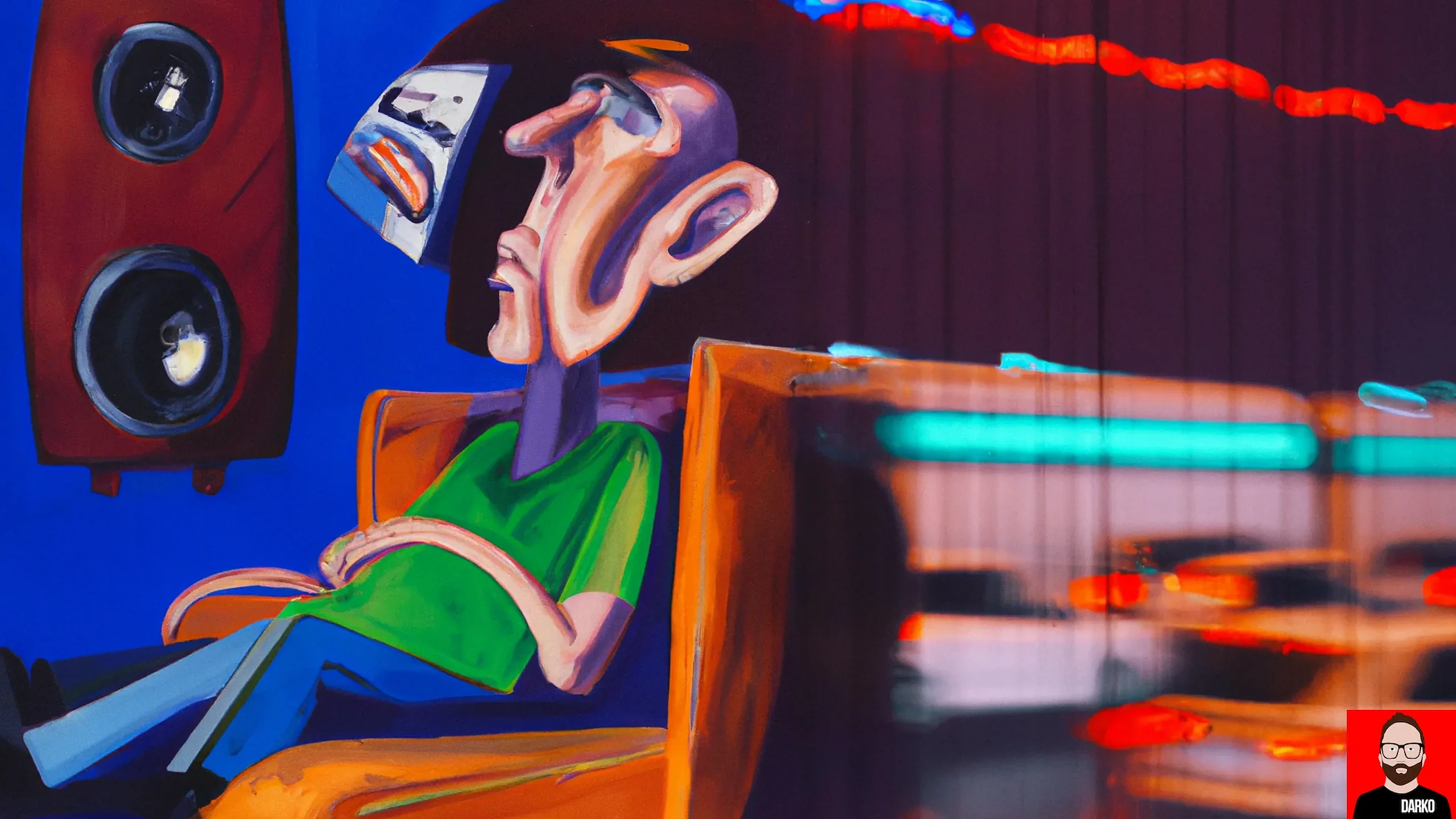
What is dynamic range and why does it matter? | Darko.Audio
Srajan Ebaen schools us on the nature of dynamic range and why it matters to people who care about sound quality.
 darko.audio
darko.audio

 darko.audio
darko.audio
True. I have to crank up the volume for the few excellent recordings that I have on CD and DSD recordings.
What is dynamic range and why does it matter? | Darko.Audio
Srajan Ebaen schools us on the nature of dynamic range and why it matters to people who care about sound quality.darko.audio
With the pop music business having become very competitive, a myth arose among producers and record companies that the way to get one's record to stand out (in the competition for airplay) was to make it as loud as possible. Since the loudness of a LP or single is subject to a the physical limitations of the medium, the way to make a record, especially a 45 rpm single, louder was to compress it heavily, much as commercial radio stations do to sound loud on the air. Some rock may not sound bad heavily compressed -- the Beatles and their producer George Martin were able to use compression artistically.

Curious to know why one would like low DR music. Can you please explain?Dynamic range is something that I prefer to be less than 10db, most of my music is between 3-9db. Some people prefer more but I don't find it musical. In my player I enable volume leveling so that music is of similar volume. I think I prefer a dynamic range of 3-6db. A dynamic range of 50db would be very hard to realize in a practical perceptible way. IMO it won't be musical.
Curious to know why one would like low DR music. Can you please explain?
Why would a singer for example, not whisper at 30 dB lower than when they reach crescendo in the same song? And wouldn’t it sound unnatural if that range is compressed down to 6 dB instead? It can’t be much fun listening if a light brushing sounds as loud as boom of the kettledrum?
In fact, most of the rich/complex music, such as Jazz and Classical has high dynamic range (played as well as recorded). Must be for a good reason.
“They make what sells” seems to be a good sum of the state of the audio recording industry. The article also menations low Dynamo range and highly compressed formats are in use by the vast majority of people who listen to music. What the majority accepts is what is sold, provided and broadcast and consumed. Nothing wrong in that at all, but it may not be as satisfying to some discerning music lovers who prefer higher dynamic range and lossless data for their carefully set up audio system. The latter is a niche market for a tiny minority.I find it to be constant and smooth when the dynamic range is low. With high dynamic range it is distracting and is not soothing, with very high dynamic range if the passage is too low then it almost feels like no music is playing, and if it is too high (especially suddenly) then it is a jolt.
I don't know why a singer would not whisper 30db lower (these things don't matter to me) but I think that based on your post you value accuracy, not necessarily to the signal but to real life music as you perceive it. I value tone above all else.
Interesting, I don't find jazz/Classical to be rich or complex. They may have high dynamic range on some recordings but I don't listen to these genres. I think the reason is simple, they make what sells. I primarily listen to Rock,Metal and Electronic. A bit of Pop. Maybe that will help you understand the preference for low dynamic range as these genres often have low dynamic range and many people look down on these genres for their low dynamic range, especially those who listen to things like jazz and classical.
“They make what sells” seems to be a good sum of the state of the audio recording industry. The article also menations low Dynamo range and highly compressed formats are in use by the vast majority of people who listen to music. What the majority accepts is what is sold, provided and broadcast and consumed. Nothing wrong in that at all, but it may not be as satisfying to some discerning music lovers who prefer higher dynamic range and lossless data for their carefully set up audio system. The latter is a niche market for a tiny minority.
As you have alluded it’s a personal preference and choice.
I recall days past when I was oblivious to these issues and possibilities, and just enjoyed the music through whatever source available.
Thanks. So what you are saying is that you like certain genres and they are typically sung/recorded with lower dynamic range and hence you are used to lower DR. That’s understandable.“They make what sells” seems to be a good sum of the state of the audio recording industry. The article also menations low Dynamo range and highly compressed formats are in use by the vast majority of people who listen to music. What the majority accepts is what is sold, provided and broadcast and consumed. Nothing wrong in that at all, but it may not be as satisfying to some discerning music lovers who prefer higher dynamic range and lossless data for their carefully set up audio system. The latter is a niche market for a tiny minority.
As you have alluded it’s a personal preference and choice.
I recall days past when I was oblivious to these issues and possibilities, and just enjoyed the music through whatever source available.
I was not referring to generes.Thanks. So what you are saying is that you like certain genres and they are typically sung/recorded with lower dynamic range and hence you are used to lower DR. That’s understandable.
It’s not clear yet though why high DR would sound less musical. Unless one’s system/ears are not able to resolve/decipher the less dynamic parts (and hence miss out on the musical information in it) while also undistorting/tolerating the excitement of the more dynamic parts. Age-related listening sensitivity could also be a contributor to this, I’d imagine. (None of this to be taken as a personal comment please, we are just theorising here).
As usual a technically sound and educative post from youTrue. I have to crank up the volume for the few excellent recordings that I have on CD and DSD recordings.
This is the prime reason why many find vinyl better than digital. It is not because vinyl is a better medium. The dynamic range of a direct-cut vinyl record may surpass 70 dB. Analog studio master tapes can have a dynamic range of up to 77 dB. An LP made out of perfect diamond has an atomic feature size of about 0.5 nanometer, which, with a groove size of 8 micron, yields a theoretical dynamic range of 110 dB. An LP made out of perfect vinyl LP would have a theoretical dynamic range of 70 dB.
CD can give a much higher dynamic range than LP, but in practice what you get is recordings with compressed dynamic range and this is one of the prime reaons why digital music have got a bad rep. In fact many wrote about this practice by the recording industry
Some research too has gone into this loudness war started by the recorded industry

Loudness War Research - Dynamic Range Day
This page aims to collect as much research as possible on the subject of the Loudness Wars, both academic and informal. The goal is to provide a resource ofdynamicrangeday.co.uk
So true..its maybe less of what people like but more about How people listen to, The majority have pretty limiting earbuds or. bluetooth speakers which are anyway limited and the only way to make it sound good in it is to compress and limit the dynamic range.They make what sells applies to pretty much everything. Most people listen to low dynamic range because that is what they make, and they make this because that is what sells, and it sells because that is what people like. While it may not be satisfying to some I feel the use of the word discerning is misguided, picky for no reason is more like it. Most people can not hear the difference between lossless and lossy. Most of the time lossless just seems to have more HF, hence more detail and clarity, that doesn't mean it's better.
Being oblivious and ignoring things that don't matter are seperate. I know but ignore this. I care about music I like, I don't seek out high or low dynamic range, nor do I seek out lossy or lossless. I listen to whatever I get as long as the music is to my taste.
Yeah, it’s sad that the CD masterings have traditionally compressed the DR - possibly to suit the limitations of the early CD players/DACs. And with streaming catching on, where most play compressed music anyway, it just stayed that way (with notable exceptions). However, now that streaming (the most popular consumption form today) is moving towards lossless and even hi-Res, which means the consumers have gear for it, perhaps digital mastering would revert back to full dynamic range recordings.True. I have to crank up the volume for the few excellent recordings that I have on CD and DSD recordings.
This is the prime reason why many find vinyl better than digital. It is not because vinyl is a better medium. The dynamic range of a direct-cut vinyl record may surpass 70 dB. Analog studio master tapes can have a dynamic range of up to 77 dB. An LP made out of perfect diamond has an atomic feature size of about 0.5 nanometer, which, with a groove size of 8 micron, yields a theoretical dynamic range of 110 dB. An LP made out of perfect vinyl LP would have a theoretical dynamic range of 70 dB.
CD can give a much higher dynamic range than LP, but in practice what you get is recordings with compressed dynamic range and this is one of the prime reaons why digital music have got a bad rep. In fact many wrote about this practice by the recording industry
Some research too has gone into this loudness war started by the recorded industry

Loudness War Research - Dynamic Range Day
This page aims to collect as much research as possible on the subject of the Loudness Wars, both academic and informal. The goal is to provide a resource ofdynamicrangeday.co.uk
My bad. I quoted your reply mistakenly while I was replying to @Decadent_Spectre’s reply below yours.I was not referring to generes.
I have heard some well recorded tracks played back both compressed (mp3 files) and FLAC and preferred the latter.
In my home audio set up this matters and I try to choose uncompressed formats, while driving and listening to Spotify it matters not so much.
To confound matters I discovered that some poorly recorded material sounded bad to me even with lossless files when I had a set up that was very revealing of details.
One of the biggest example of this is in our own backyard. Vinyl recordings of old Hindi songs are way better than the CD mastered ones. If you do a spectral analysis of wav and mp3 files of songs from (40s to 80s) from Saregama, you will find the wav versions indistiguishable from the mp3 versions. The only thng I can fathom is that they made the mp3 files by compressing the dynamic range and then made the wav files from the mp3 version. They never had good archieval facility. There was a major fire in the HMV godown in Calcutta where they lost pleny of those masters. Another reason is that the indian cinema industry never invested in good recording studios. It was only after people like Bappi Lahir who made their own studios, we started getting good recordings. Later A.R Rahman also invested in making his own recording studio. India has forever lost tons of music from that period that could have been recorded better.As usual a technically sound and educative post from youReally loved going through this and you hit the Vinyl vs Cd debate on the Ji spot
ie its about the mastering and not about the format.
I suspect folks in noise polluted cities just cannot listen to recordings with high DR. At normal listening levels, the quiet passages cannot be heard. It also probably depends on how many years a ear has heard. Old age impacts the ability to hear the quiet passages and hence they prefer something where the quiet passaeges are raised to a level where they can hear it.Dynamic range, for some music is needed to truly hear what it was meant for ie if the system is not able to clearly articulate the softest sound and the deepest/Loudest one in the same way , you are missing out on something . if you like blues guitar then Tin Pan Alley is something which you get that feeling of Smoke and Whiskey perhaps due to the Dynamics. Incidentally the CD pressings of this ( not sure of new ones) were also very good. i had one which i seem to have misplaced but have the Vinyl which is pretty awesome.
So true..its maybe less of what people like but more about How people listen to, The majority have pretty limiting earbuds or. bluetooth speakers which are anyway limited and the only way to make it sound good in it is to compress and limit the dynamic range.
And that may be the reason why we debate CD vs vinyl but its not really the format but the "market" this was pressed for.
CD's can easily give a DR > 90. There is no point in having High Dynamic range unless we can record it. Microphones too have a limitation. The broadcast standard of 24bit at 48kHz extends the dynamic range to just short of 150dB. Remember that you don't require anything more than 140 dB of DR because that is what a young ear can hear.By the way Manavendra, what would be the DR limitation for digital recording on hard disk? Would there be (theoretically or practically) any? I believe a DR of 30-40 dB is good, 50 would be ideal. Anything beyond that would be difficult to listen without noise cancelling earbuds/headphones. The ambient decibel levels are usually 45db (worse in cities like ours), so, a recording with 50db DR would still approach 100 dB loudness level in order to make the softest portions audible/discernible. We don’t really need a higher DR than what CD/LP allowed.
Dynamics are one of the essential ingredients — along with things like melody, harmony and rhythm — that make music pleasurable and compelling to listen to. A song that provides noticeable variations in level is almost always more engaging than one that stays pretty much the same from start to finish.
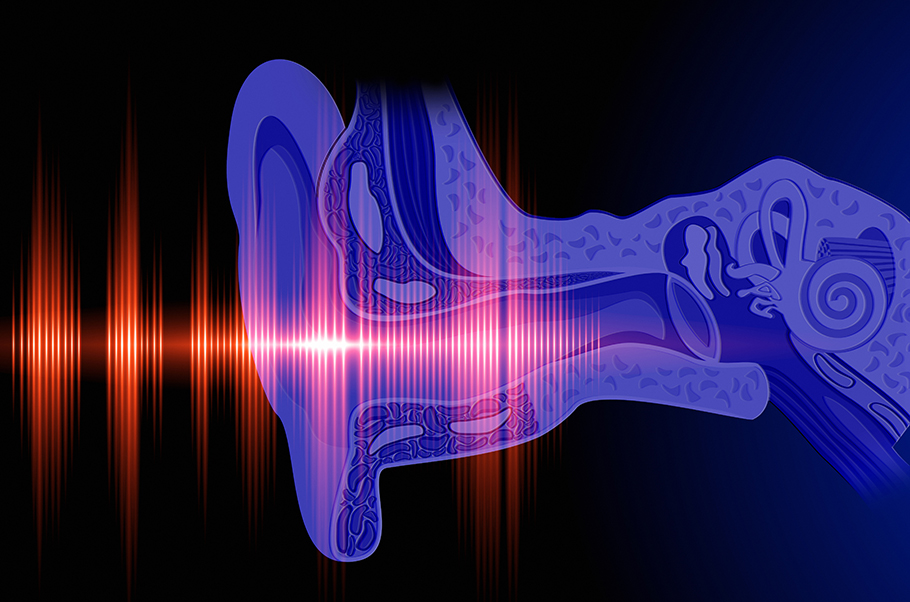
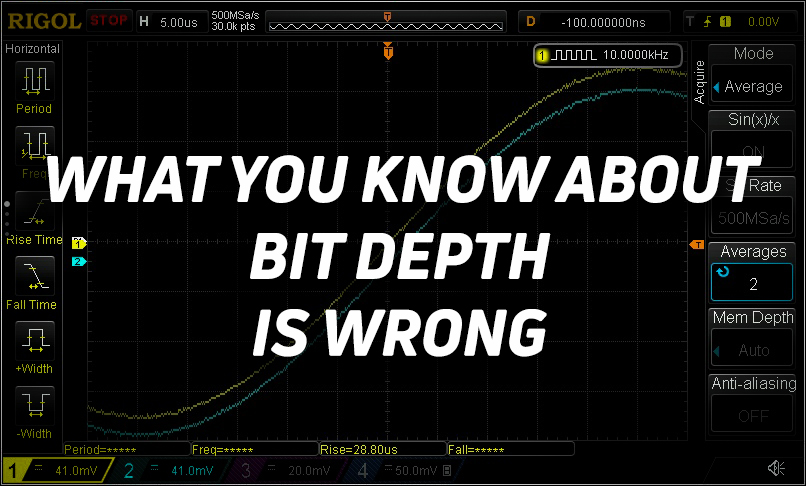
Maybe true on the first point..but not about 2. most of the music compressed is the newer gen music. On the 2nd Considering I am 50+ and barely hear above 13Khz...i can make out the difference quite wellI suspect folks in noise polluted cities just cannot listen to recordings with high DR. At normal listening levels, the quiet passages cannot be heard. It also probably depends on how many years a ear has heard. Old age impacts the ability to hear the quiet passages and hence they prefer something where the quiet passaeges are raised to a level where they can hear it.
Yes thats true. one of my friends had sold them the memory devices and servers for the sameOne of the biggest example of this is in our own backyard. Vinyl recordings of old Hindi songs are way better than the CD mastered ones. If you do a spectral analysis of wav and mp3 files of songs from (40s to 80s) from Saregama, you will find the wav versions indistiguishable from the mp3 versions. The only thng I can fathom is that they made the mp3 files by compressing the dynamic range and then made the wav files from the mp3 version. They never had good archieval facility. There was a major fire in the HMV godown in Calcutta where they lost pleny of those masters. Another reason is that the indian cinema industry never invested in good recording studios. It was only after people like Bappi Lahir who made their own studios, we started getting good recordings. Later A.R Rahman also invested in making his own recording studio. India has forever lost tons of music from that period that could have been recorded better.
There is also another reason that I came across which stated why the industry didn't have good recording studios in that period. We had a finance minister, Tiruvellore Thattai Krishnamachari (TTK). I think this is the same guy who founded the TTK industries. During one if his tenure as a finance minister he made it very difficult to import equipment that went into the cinema industry. During the 50s the indian cinema become the world's 2nd largest cinema industry. Lot of imports of equipment happened by this industry and there was an embargo to force the industry to use "Swadeshi" equipments. This is something I came across and I will try to find that article. The domestic equipments weren't of good quality and the industry was forced to use that. I suspect the dynamic range suffered because of that and this unique case with India was not due to "Loudness war" that the west went through.
Yes. And the popularity of Radio Ceylon then indicates how much the law makers were out of sync with the populace on the matter. I’m told even the harmonium as an instrument was banned from AIR at one point.I think at that same time the minister of Broadcasting banned film music from AIR s to only classical music and "Radio Ceylon" was formed with Sri lanka and the Binaca Geetmala started for popular music as there was a pent up demand !
We are going off topic, but I feel little bit of history is ok, else mods can move this somewhere else. Harmonum came from the west. Because of this and the swadeshi movement there was an anti-harmonium brigade that got formed. All India Radio (which, at one time, had the monopoly over commercial radio broadcasting in India) then banned the instrument from its airwaves from 1940 to 1971. It now allows the broadcast of orchestral music of which harmoniums form a part, but solo harmonium recitals are still prohibited.Yes. And the popularity of Radio Ceylon then indicates how much the law makers were out of sync with the populace on the matter. I’m told even the harmonium as an instrument was banned from AIR at one point.
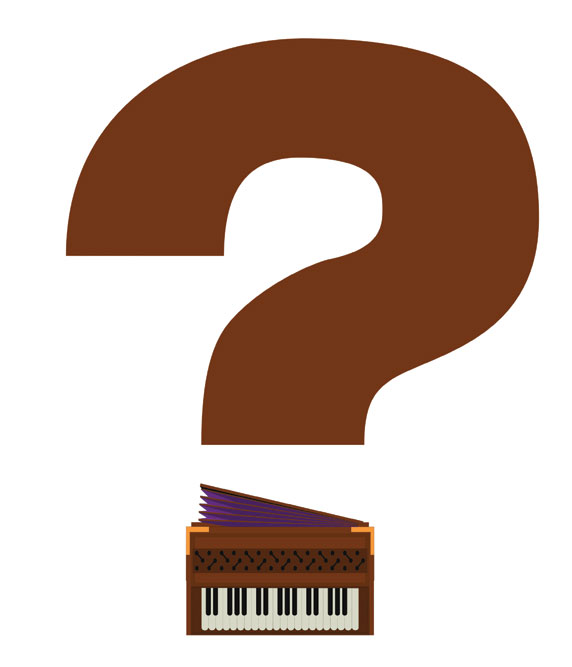
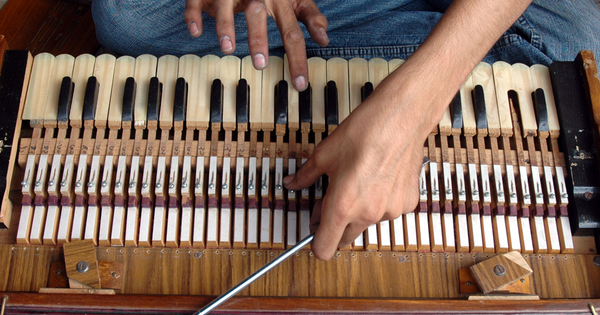
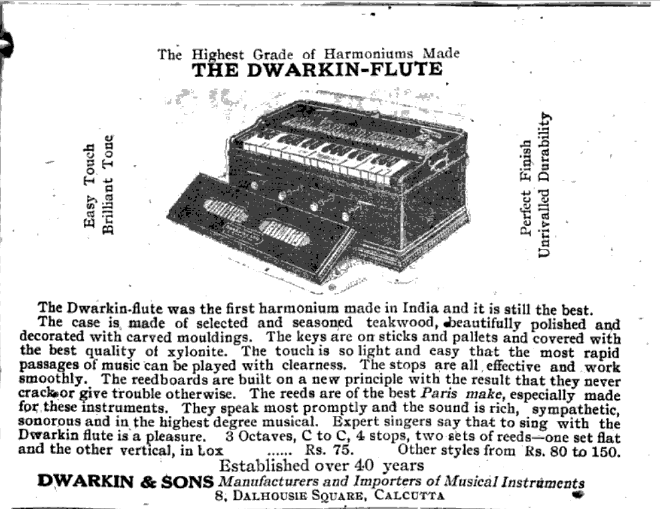
Yes, it’s off topic. But the banning wasn’t on the grounds of it not being an indigenous instrument (even violin isn’t, for that matter), but because of its limitations - especially in playing the microtones (Shrutis) and ornamentation (eg gamak) so integral to Indian classical (and classically derived) music. This limitation is easy to understand in comparison with the Sarangi - the common substitute for harmonium (or vice versa, in fact).We are going off topic, but I feel little bit of history is ok, else mods can move this somewhere else. Harmonum came from the west. Because of this and the swadeshi movement there was an anti-harmonium brigade that got formed. All India Radio (which, at one time, had the monopoly over commercial radio broadcasting in India) then banned the instrument from its airwaves from 1940 to 1971. It now allows the broadcast of orchestral music of which harmoniums form a part, but solo harmonium recitals are still prohibited.

The Rise and the Sudden Fall of the Harmonium - Open The Magazine
SEVEN YEARS AGO, WHEN Ravindra Katoti became the first harmonium player to receive an A grade from All India Radio (AIR), he began to pursue what hadn’t been achieved in decades—to secure a solo harmonium performance on AIR. The harmonium—despite its undeniable popularity across musical...openthemagazine.com

The harmonium was born in Europe – so how did it become synonymous with Indian music?
The journey of the instrument across continents and centuries.scroll.in
Here is another intesting article on the harmonium

The Harmonium
A Blog covering Indian history, Kerala, Malabar, music, books, films, personalities events and many issues of importancemaddy06.blogspot.com
As usual a technically sound and educative post from youReally loved going through this and you hit the Vinyl vs Cd debate on the Ji spot
ie its about the mastering and not about the format.
Dynamic range, for some music is needed to truly hear what it was meant for ie if the system is not able to clearly articulate the softest sound and the deepest/Loudest one in the same way , you are missing out on something . if you like blues guitar then Tin Pan Alley is something which you get that feeling of Smoke and Whiskey perhaps due to the Dynamics. Incidentally the CD pressings of this ( not sure of new ones) were also very good. i had one which i seem to have misplaced but have the Vinyl which is pretty awesome.
So true..its maybe less of what people like but more about How people listen to, The majority have pretty limiting earbuds or. bluetooth speakers which are anyway limited and the only way to make it sound good in it is to compress and limit the dynamic range.
And that may be the reason why we debate CD vs vinyl but its not really the format but the "market" this was pressed for.
My bad. I quoted your reply mistakenly while I was replying to @Decadent_Spectre’s reply below yours.

